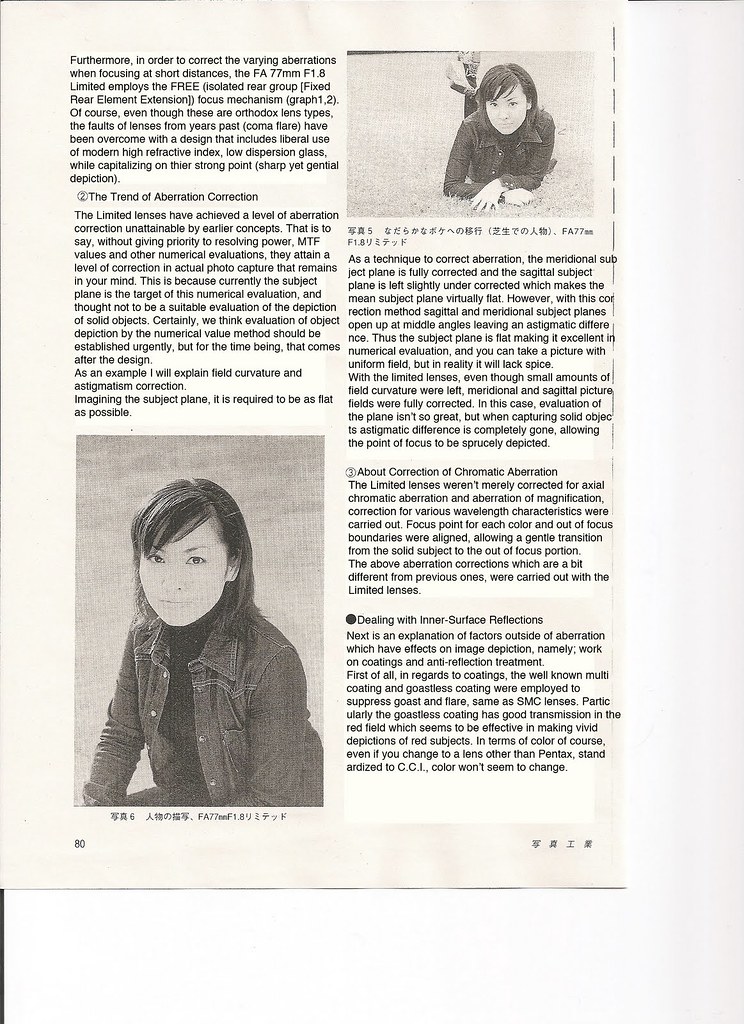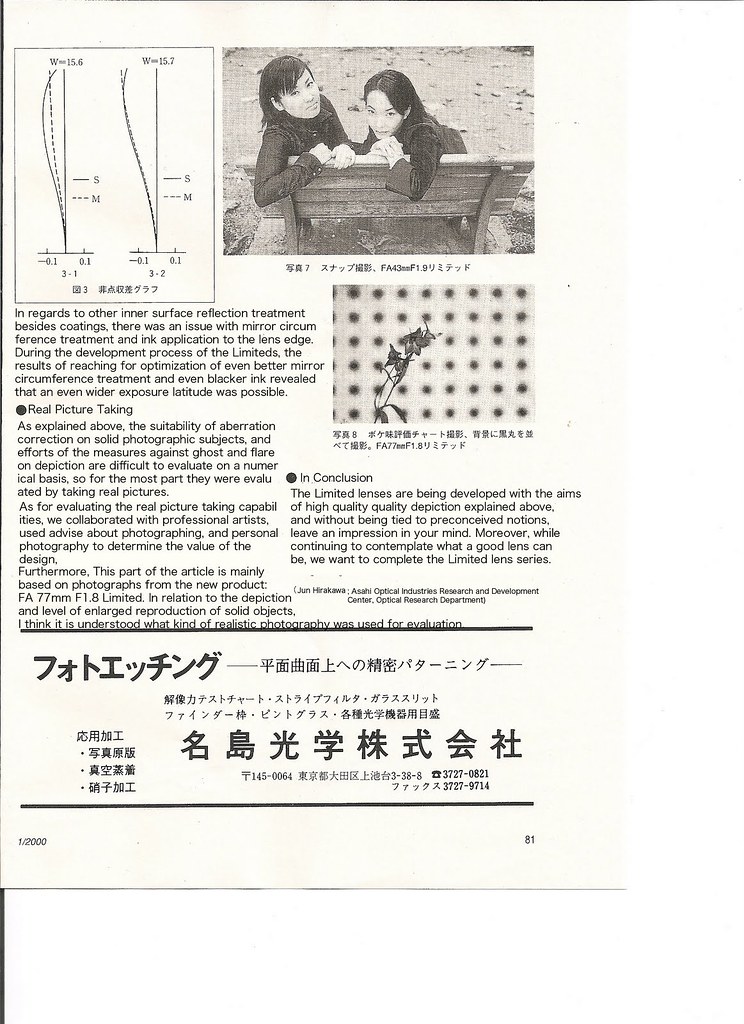If you look at my post, you will see that I said words and terms sometimes have more than 1 definition and I have seen valid sources with either and some with both. I gave you an example of the diagonal as the definition from the designer of the 43mm lens. However, you are much smarter than the engineer that designed several of the LTD lenses an others. That said, the normal lens is based on the human perspective. However, that varies from person to person, hence there have been normal lenses designed for 135 platforms ranging from 40mm to 58mm due to that variability. The best way to come up with a mathematical definition is to measure the diagonal of the film or sensor. In the case of 135, it is ~ 43mm. But due to variation in the human population, that can be different for each person. Since 1952, Pentax (Asahi Optical) has built normal lenses for 135 in 40mm, 43mm, 50mm, 55mm and 58mm. Asahi also used the term "standard" lenses in the past. If you look in the glossary of John Hedgecoe's book
The New Manual of Photography (2003) the definition of a "normal lens" is a standard lens. His definition of a standard lens is:
 Quote:
Quote: Focal length of the lens is roughly equal to to the diagonal of the image area. For the 35mm format, the standard lens is normally considered to be the 50mm. The lens approximates to the central, nonperiphery angle of view of our eyes.
This last part is where the variation of the human eye comes in from person to person. It even may vary during the life of a person,
I give as references Hirakawa Jun (page 98 in above article posted) and John Hedgecoe's book. In addition to the glossary, Hedgecoe discusses the standard lens on page 40 of the above book.


 Similar Threads
Similar Threads 






















